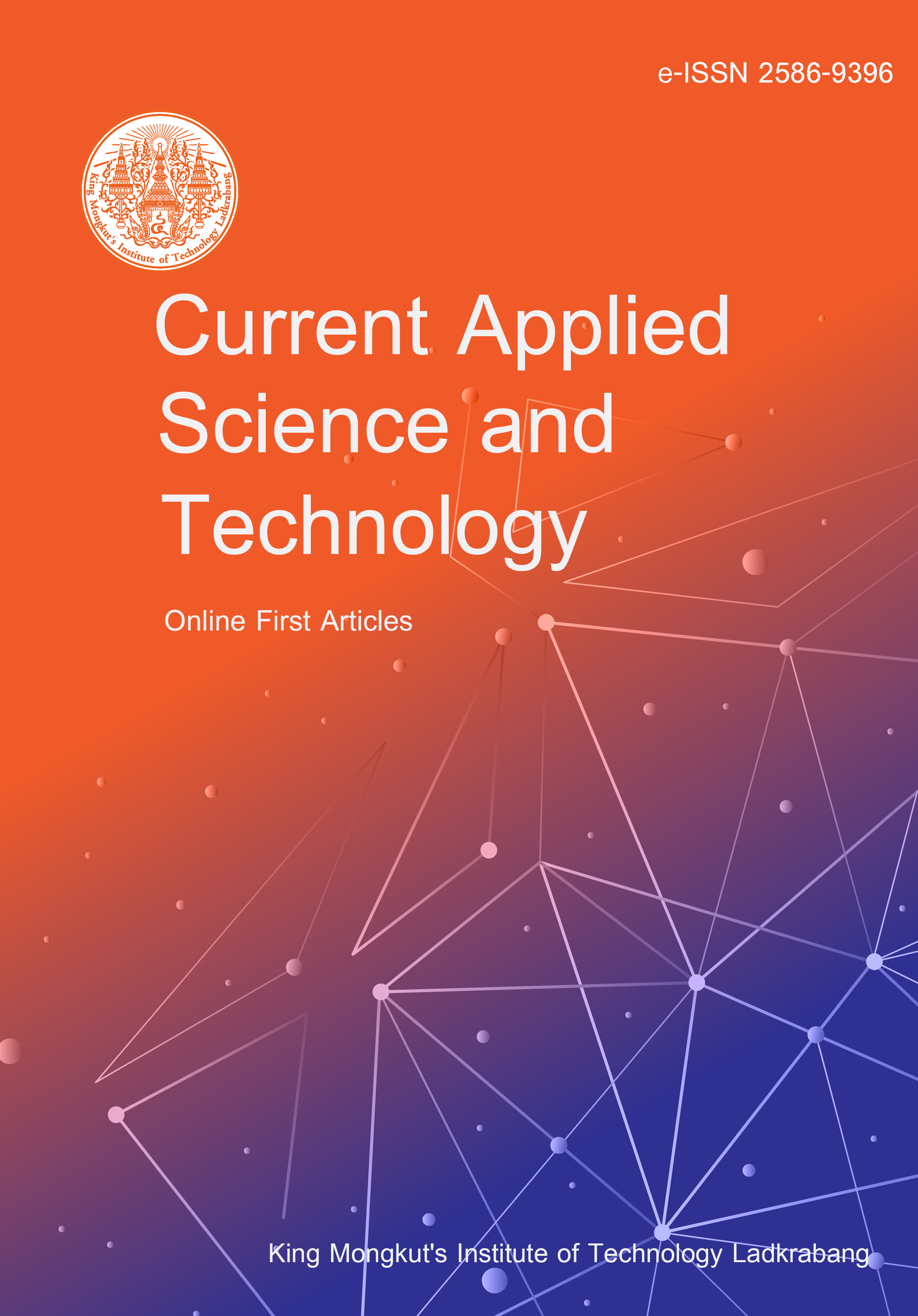This research focused on adding value to dragon fruit peel waste by utilizing it in the synthesis of antibacterial nano zinc oxide (Nano-ZnO) through a green synthesis process. In this study, all the dragon fruit peels were extracted using the solvent extraction technique with three different solvents (deionized water, ethanol, and methanol) for 1, 2, 3, 4, and 5 h, respectively. The amount of flavonoids from the extract was determined using UV-Vis spectrophotometer to obtain the optimum extraction time, which was 4 h for DI water as the solvent. Moreover, antibacterial Nano-ZnO was synthesized successfully by a green synthesis process using zinc nitrate Zn(NO3)2 and the extracts. The molecular vibrations as well as the crystal structure and morphology were investigated by Fourier transform infrared spectroscopy (FT-IR), Raman spectroscopy (Raman), X-ray diffraction (XRD), and field emission scanning electron microscopy (FE-SEM), respectively. Additionally, the antibacterial efficacy of the nano-zinc oxide samples was evaluated using disc diffusion method. Gram-positive bacteria (Staphylococcus aureus) and Gram-negative bacteria (Escherichia coli) were the test agents. The research shows that the X-ray diffraction patterns of all synthesized ZnO nanoparticles (NPs) exhibited a wurtzite (hexagonal) crystal structure. FT-IR spectroscopy confirmed the presence of Zn-O stretching vibrations at approximately 500 cm⁻¹. Furthermore, the FE-SEM reveals that ZnO-yellow particles displayed spherical morphologies with an average particle size of 145 nm. At the same time, ZnO-White and ZnO-Red nanoparticles exhibited a combination of rod-like and elliptical morphologies, with average particle sizes of 168 nm and 321 nm, respectively. In addition, the antibacterial activity demonstrates effective inhibition against S. aureus and E. coli in all three ZnO nanoparticle conditions.
Sakulpeeb, N. ., Koetniyom, W. undefined. ., Chutipaijit, S. undefined. ., Rahong, S. undefined. ., Kayunkid, N. undefined. ., Rangkasikorn, A. undefined. ., Wirunchit, S. undefined. ., & Nukaew, J. undefined. . (2025). Influence of Dragon Fruit Peels on the Synthesis of Antibacterial Nano Zinc Oxide (Nano-ZnO) via Green Synthesis Method. CURRENT APPLIED SCIENCE AND TECHNOLOGY, e0263969. https://doi.org/10.55003/cast.2025.263969

